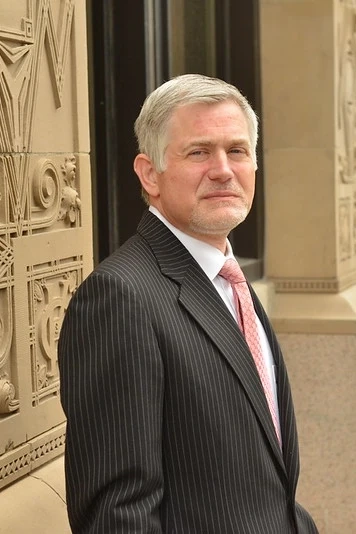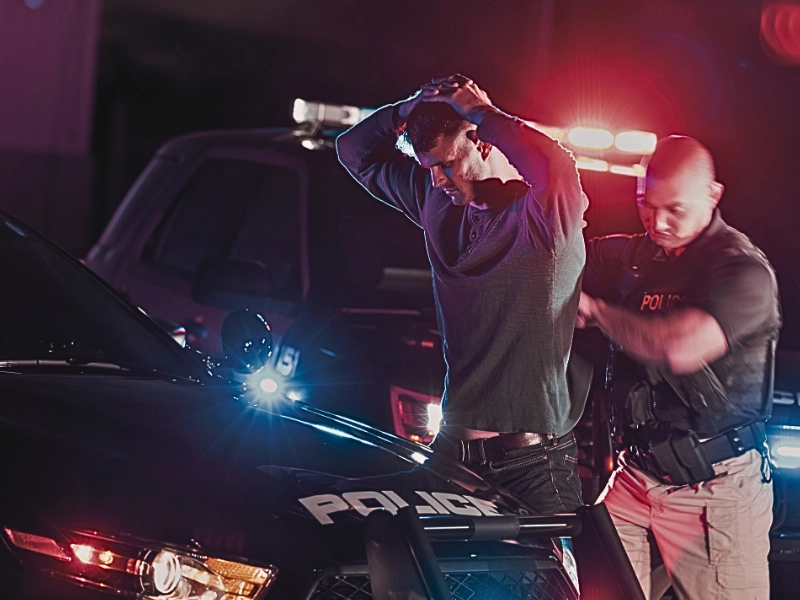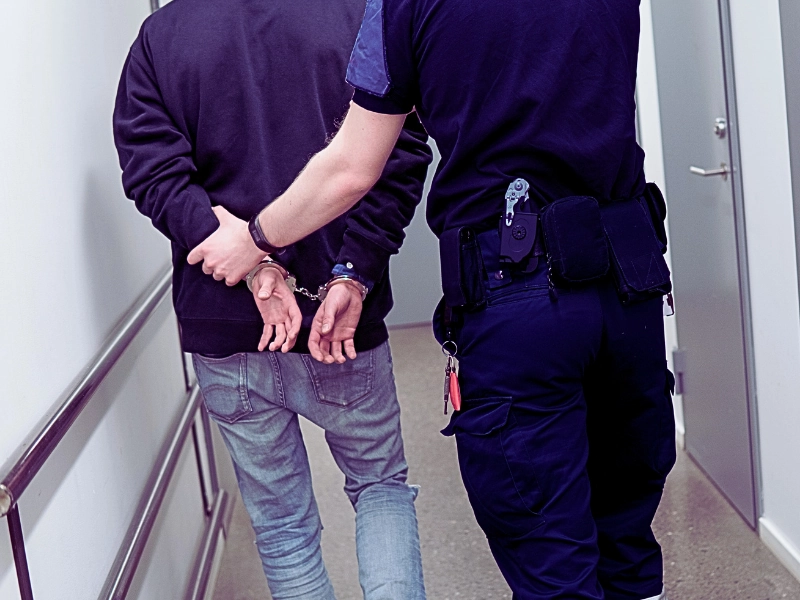While people might think that they must be driving in order to get charged with a DWI, the law allows people to be charged with the offense even when they are not actually driving their vehicles. It is possible for a person to get charged with a DWI when his or her car is stopped and not running in certain cases. A Minneapolis DWI lawyer sometimes has cases in which his or her client was not driving at the time of the offense but had actual physical control of the car.
Table of Contents
Actual Physical Control in Minnesota
According to the law in Minnesota, people may be charged with DWIs if they are operating, driving, or have physical control of the vehicle while they are under the influence of alcohol or drugs that affect their ability to drive and their nervous systems. Prior to 2010, the lower courts in Minnesota had treated physical control under the statute as meaning situations when there was evidence that the car had recently been driven. In 2010, the Minnesota Supreme Court weighed in, changing how courts define physical control of a vehicle.
State v. Fleck and physical control
State v. Fleck dealt with a case in which a man who was sleeping in his driver’s seat with the car door ajar prompted a concerned neighbor to call 911 and to ask that officers check on the man to make certain that he was okay. The lights of the car were not on and the engine was not warm. While the police didn’t think the car had been on, the man’s car keys were inside of the vehicle’s console. After he was convicted of DWI, the man appealed. The Minnesota Court of Appeals overturned the man’s conviction.
The Minnesota Supreme Court reinstated the conviction. It ruled that if there is evidence that a person can start his or her vehicle and drive it, it is enough for that person to be convicted of DWI. The key factors that juries consider when determining whether or not a person had control of the vehicle include where a person’s keys are located and where the person is sitting. A Minneapolis DWI lawyer may analyze whether his or her client had actual physical control of a vehicle at the time of the DWI charge.






